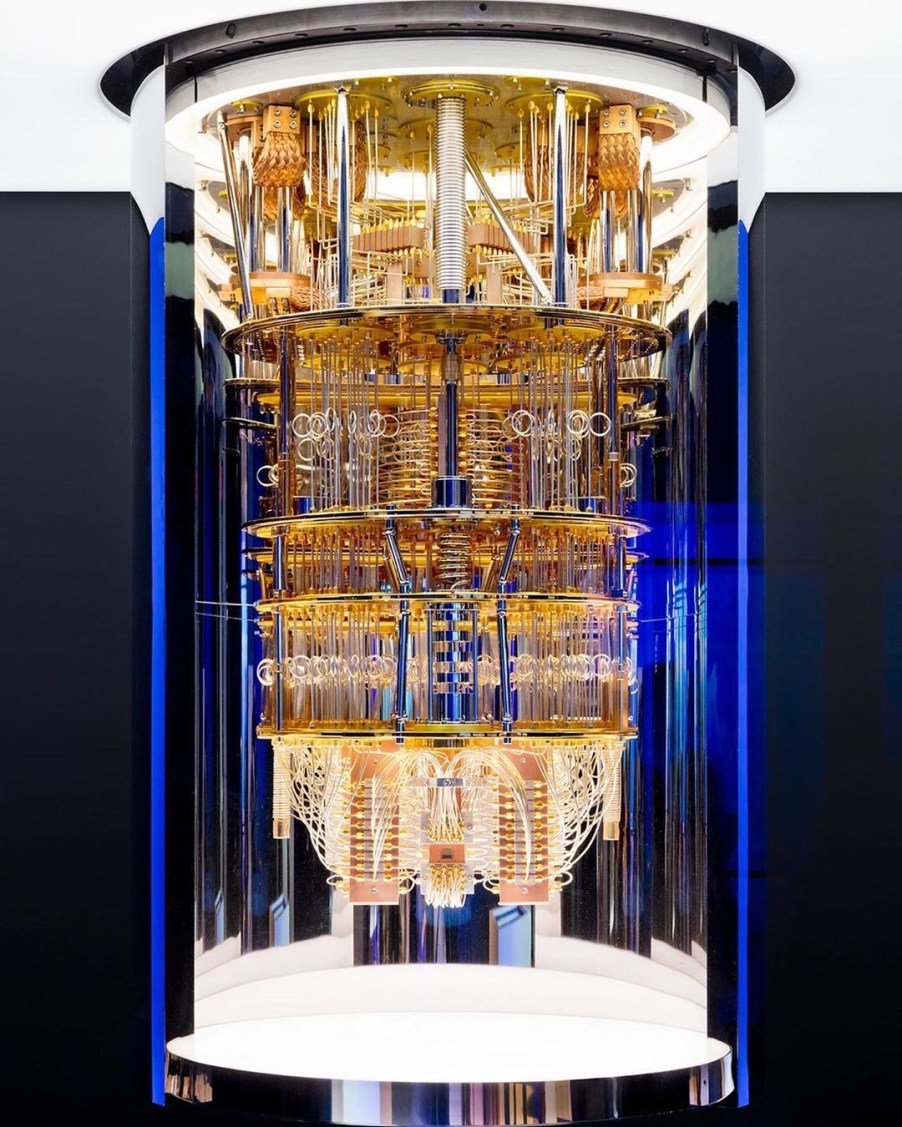
CES May Have Just Shown the Electric Truck’s Future
The electric pickup truck has come a long way in recent years. But there are still some lingering issues. Towing drains batteries, but simply fitting bigger ones may not be the best solution. New technologies, like supercapacitors, or refinements on established ones, like hydrogen fuel cells, could help. But they’re not quite ready yet. And then there’s the self-driving issue. However, several companies have announced projects and products at CES that could preview the future of the electric truck.
How IBM and Daimler have started developing new electric truck batteries
One potential solution to the battery capacity issue is to change the battery chemistry. Instead of lithium-ion, the electric truck would get a lithium-sulfur battery. Such a battery, ScienceDaily explained, could have up to 5 times the energy density as the latest lithium-ion batteries. Which would mean the battery pack could shrink in size, but still give more range. Sulfur is also significantly cheaper, and less environmentally-harmful to refine, than some of the more exotic materials found in lithium-ion batteries.

However, these batteries aren’t quite ready for full-scale production. As C&EN and Phys.org explain, the sulfur is actually somewhat insulating, which messes with the current and voltage. The battery chemistry can also lead to unwanted, and wasteful, side reactions that further degrade the pack. And finally, according to Popular Mechanics, charging and discharging a lithium-sulfur battery causes its electrodes to swell much more than a Li-ion’s. So much so, the Li-S battery could “bust out of its casing.”
But, at CES, Roadshow reported that IBM and Daimler (owner of Mercedes-Benz) have begun working on improving Li-S battery technology. How? By using IBM’s quantum computing technology to model the lithium-containing molecules’ behavior.

Doing that will let researchers understand how the molecules store and release energy during charging and discharging. The margins for error at that scale are so small, a ‘traditional’ supercomputer simply wasn’t accurate or fast enough.
So, it’s very possible that one day, you’ll be able to say your electric truck was designed with quantum computers.
Helping electric trucks see more clearly
Lidar, aka ‘light-based radar’, is one of the tools in the self-driving truck development toolbox. While no manufacturer, not even Tesla, offers a truly autonomous vehicle, several companies working on them do use lidar in their prototypes’ sensory suites.
As Wired explained, lidar ‘sees’ by bouncing infrared waves millions of times per second at its surroundings. It’s not quite camera-level resolution, but lidar does provide a huge stream of information to a truck’s computers. Lidar can even measure an object’s speed, which is massively important for tracking cyclists and pedestrians.
However, as The Verge reported, Tesla has famously rejected the use of lidar. CEO Elon Musk has claimed the technology is too expensive for consumer vehicles. Lidar units have also been fairly bulky. Not a problem for a semi-truck like Waymo’s, as Jalopnik detailed, but it doesn’t exactly blend into an electric pickup truck’s bodywork.

Until now, that is. At CES, as Roadshow reported, lidar manufacturer Velodyne unveiled its smallest unit ever, the Velabit. And it is indeed quite compact: it’s smaller than a deck of cards. Although the Velabit is small enough to be installed in drones, its size will also be a boon for electric trucks. The company also claims the Velabit has a range of 328 feet, with a 60° horizontal and 10° vertical field of vision.

The tiny lidar unit won’t cost an arm and a leg, though. Velodyne quotes a price of $100, with multiple manufacturing sources to meet demand. The Velabit is also able to integrate and support existing safety features, like blind-spot monitoring, automatic emergency braking, and cross-traffic detection.
Are these developments consumer-ready?
Not everything that’s displayed at CES is production-ready, not even the electric truck developments. While IBM and Daimler’s partnership seems promising, no actual lithium-sulfur battery has been produced. Even knowing the potential speed of a quantum computer, new developments may take some time.
Some CES electric truck products, though, are ready for consumers. Velodyne’s Velabit is essentially complete. The company plans on releasing the lidar unit in mid-2020. After that, it’s down to the electric truck manufacturer to decide how and when to implement the Velabit into their designs. If they do at all. But considering the Velabit’s miniature size and cost compared to other lidars, I wouldn’t be surprised if manufacturers snapped them up.
Follow more updates from MotorBiscuit on our Facebook page.


